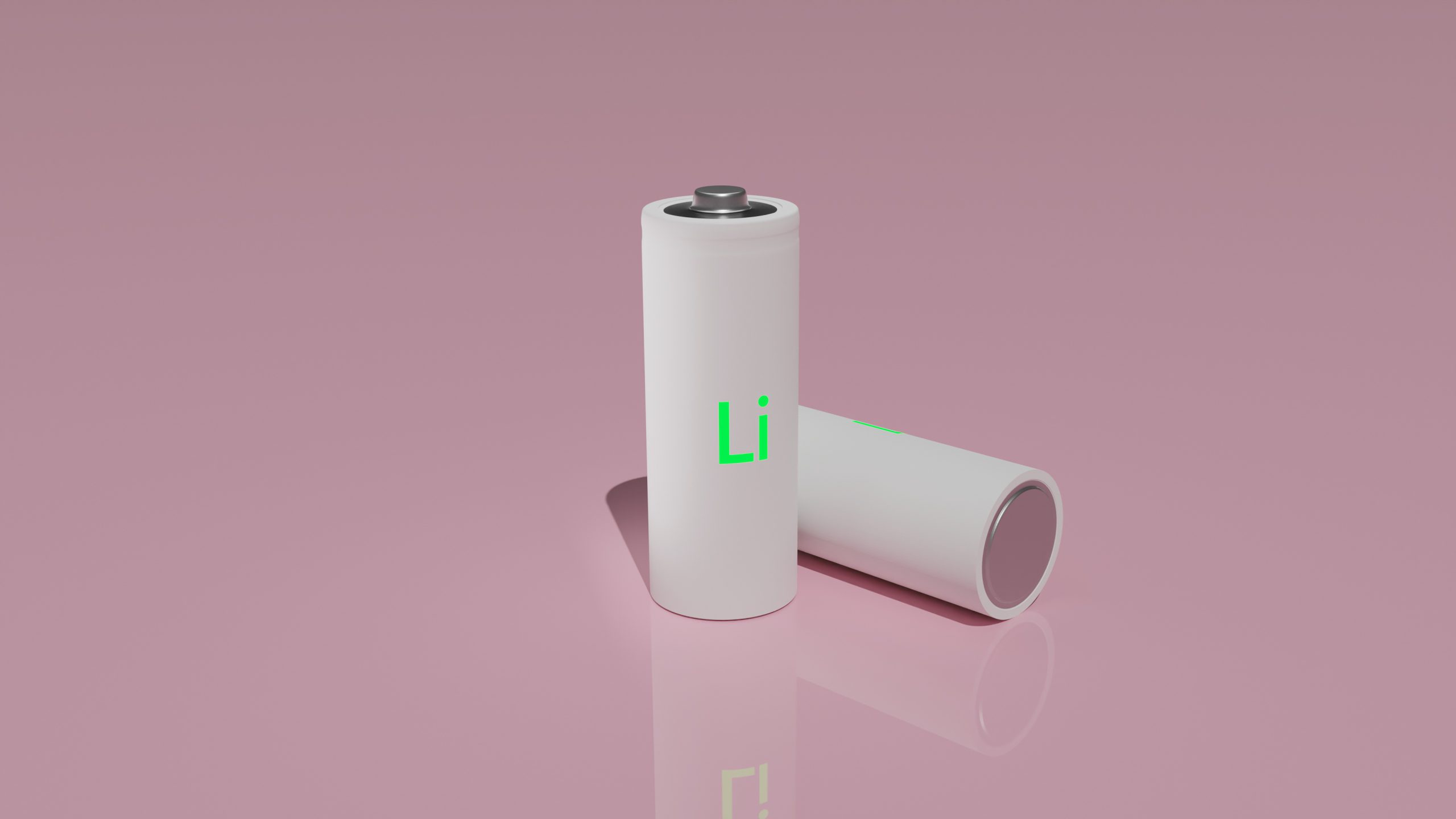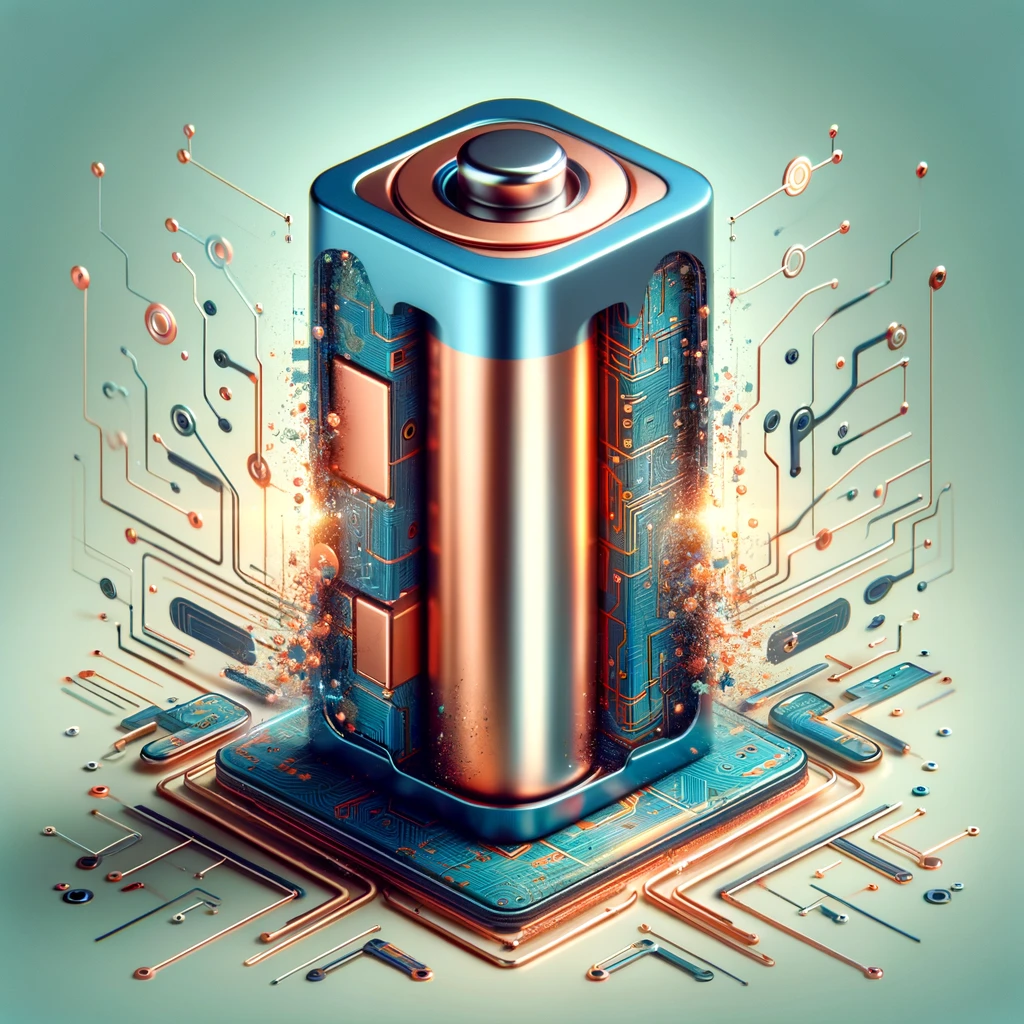Electric vehicles (EVs) are at the forefront of the automotive industry’s transformation, with advanced lithium-ion batteries powering this revolution. A crucial component in these batteries is electrodeposited (ED) copper foil, which plays a vital role in their efficiency and performance. This article explores the significance of copper foil in EV batteries and its impact on the renewable energy sector.
Understanding Battery Copper Foil
Electrodeposited copper foil serves as the current collector in the anode of lithium-ion batteries, which are the primary power source for most electric vehicles. This thin layer of copper is essential for efficient electron transfer within the battery.
Key Characteristics of High-Quality Copper Foil
- Thickness: Modern ED copper foils for EV batteries typically range from 6 to 12 micrometers. Thinner foils allow for higher energy density and more compact battery designs.
- Conductivity: Copper’s high electrical conductivity (5.96 × 10^7 S/m) ensures efficient power flow, reducing energy loss within the battery.
- Tensile Strength: High-quality copper foils exhibit tensile strengths of 300-400 MPa, crucial for withstanding the stresses of battery operation and assembly.
Copper Foil’s Impact on EV Battery Performance
The quality and properties of copper foil significantly influence EV battery performance in several ways:
Enhancing Energy Density
By using thinner copper foils with high conductivity, manufacturers can increase the active material content in batteries, thereby boosting energy density. This allows EVs to achieve longer driving ranges on a single charge.
Improving Charge Cycles
High-quality copper foil contributes to longer battery life by maintaining its structural integrity over numerous charge-discharge cycles. Top-tier EV batteries can now achieve over 1,000 cycles while retaining 80% of their original capacity.
The Sustainability Aspect
As the global focus shifts towards sustainable energy solutions, the demand for eco-friendly battery components like copper foil continues to rise.
Recycling and Reusability
Copper is 100% recyclable without any loss of performance, making it an environmentally responsible choice in battery manufacturing. The recycling process for copper requires up to 85% less energy than primary production.
Contribution to Lower Emissions
By enabling more efficient and long-lasting EV batteries, copper foil plays a crucial role in reducing transportation-related carbon emissions. EVs can reduce CO2 emissions by up to 70% compared to internal combustion engine vehicles over their lifetime.
Future Trends in Copper Foil Technology for EVs
The ED copper foil industry is continuously evolving to meet the growing demands of the EV market:
- Manufacturing Innovations: Research is ongoing to develop ultra-thin copper foils (below 6 micrometers) with enhanced conductivity and strength.
- Global Demand: The global copper foil market for lithium-ion batteries is projected to grow at a CAGR of over 10% from 2021 to 2026, driven largely by EV battery demand.
- Integration with Other Technologies: Copper foil manufacturers are exploring ways to integrate their products with emerging battery technologies, such as solid-state batteries, to further improve performance and safety.
Electrodeposited copper foil is more than just a component; it’s a key enabler of the EV revolution, driving us towards a cleaner, more sustainable future in transportation and energy storage. As the industry continues to innovate, the role of high-quality copper foil in advancing battery technology remains crucial.



